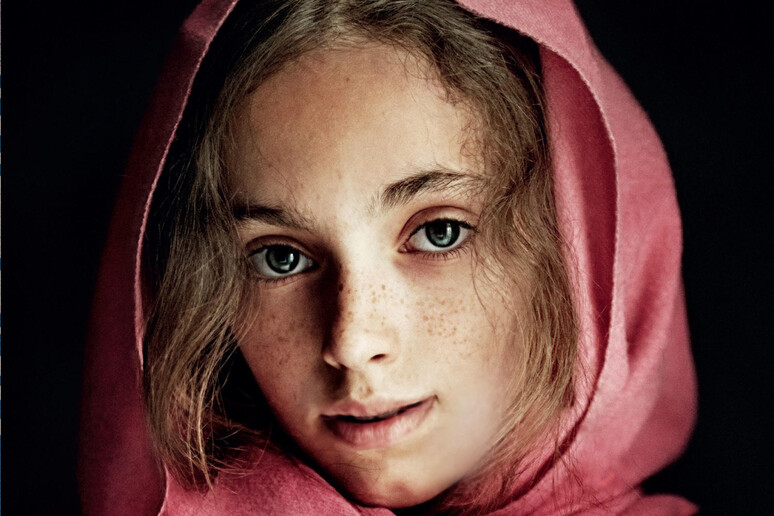A top Italian expert has said that
documents he has studied show Leonardo da Vinci's mother
Caterina was a slave.
Presenting a new book, 'Il Sorriso di Caterina' (Caterina's
Smile), literature professor Carlo Vecce said the conclusive
evidence is the act of liberation from slavery signed by da
Vinci's father, the notary Piero da Vinci, and found in the
Florence State Archive.
Vecce said he initially went out to disprove speculation that
the woman may have been a slave.
"When these documents came out, I started to study them in order
to show that this Caterina who was a slave was not Leonardo's
mother," Vecce said.
"But in the end all the evidence went in the other direction,
above all the liberation document.
"The notary who freed Caterina was the same person who loved her
when she was still a slave and with whom he had this child," he
added, referring to Leonardo.
In the book, Vecce says that Caterina was brought to Italy from
Circassia, a historical region in the North Caucasus, because of
her ability to work with fabrics.
He said she was brought to Venice by boat and then taken to
Florence, where she worked in a home near the cathedral and was
hired out as a nanny until her liberation on November 2, 1452.
ALL RIGHTS RESERVED © Copyright ANSA











